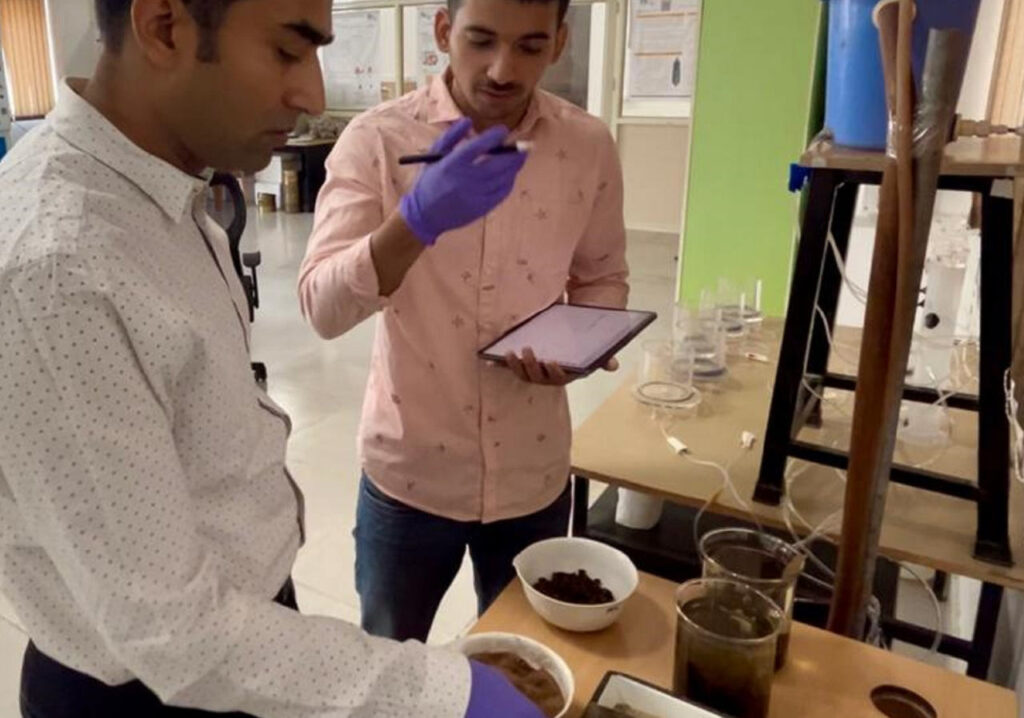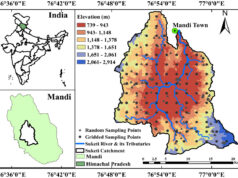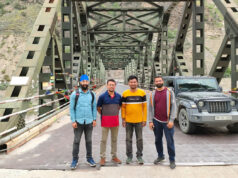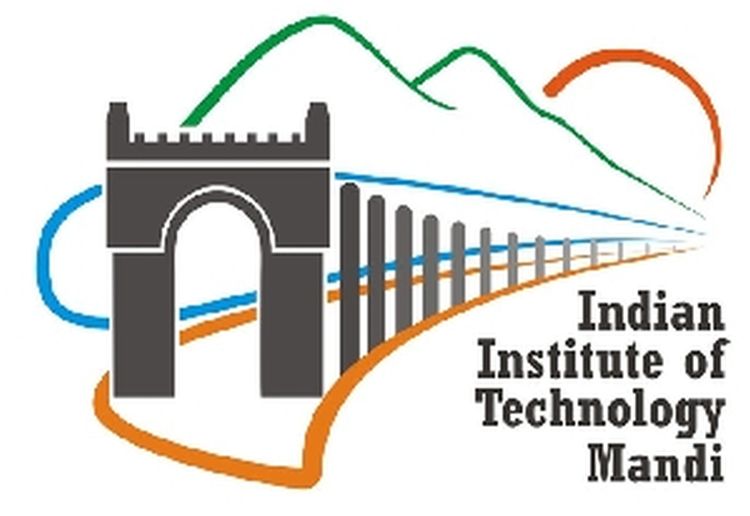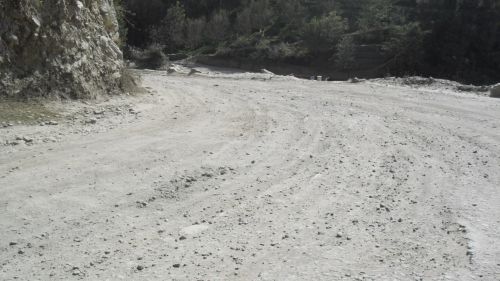Research Highlights Dangerous Levels of Zinc, Lead, and Chromium: IIT Mandi Study Raises Alarm Over Severe Health Risks Posed by Toxic Metals
Baddi-Barotiwala – A comprehensive study by researchers from the Indian Institute of Technology (IIT) Mandi, in collaboration with IIT Jammu, has revealed alarming levels of cancer-causing toxic metals in the groundwater of Himachal Pradesh’s Baddi-Barotiwala (BB) industrial area. The study highlights significant health risks associated with these contaminants, urging immediate action to mitigate the dangers.
The research, published in the ‘Science of the Total Environment journal, employed advanced chemical hydrology techniques to analyze groundwater samples from the region. The findings indicate severe contamination of groundwater with toxic metals, primarily due to industrial activities and natural geogenic sources. The study identified high concentrations of zinc, lead, cobalt, nickel, and chromium, along with geogenic uranium, posing serious health risks to the local population.
“Groundwater poses high health risks through oral intake, necessitating urgent remediation. Monitoring industrial effluents for zinc, lead, nickel, and chromium is essential to prevent health hazards. Policies must be framed to balance industrial development with public health for sustainable growth,” emphasized Dr. Deepak Swami, Associate Professor at IIT Mandi’s School of Civil & Environmental Engineering.
The researchers, including Dr. Swami and his research scholar Utsav Rajput, collaborated with Dr. Nitin Joshi, Assistant Professor at IIT Jammu’s Dept. of Civil Engineering. Their study not only identified the sources of contamination but also assessed the associated health risks using the United States Environmental Protection Agency (USEPA) human health risk assessment model.
The analysis revealed that the groundwater in the Baddi-Barotiwala region is primarily rock-dominated, with calcium carbonate being the prevalent type. Uniform levels of uranium were detected in all samples, indicating a natural presence. However, the majority of toxic metals were traced back to industrial sources. The health risk assessment showed high non-carcinogenic risks for both adults and children, primarily due to natural uranium. Carcinogenic risks were particularly high for adults, mainly from industrial nickel and chromium.
“Our field study aimed to map the pollution status in the industrial region of Baddi-Barotiwala. The analysis revealed that, if left unattended, the lower Himalayan region is on a similar trajectory to southwestern Punjab, known for its severe groundwater contamination issues,” noted Dr. Nitin Joshi.
The study highlighted the need for improved effluent treatment and stringent monitoring of industrial discharges to reduce these risks. Geospatial maps created in the study depict the extent of metal contamination and health risks across the region, serving as crucial tools for residents and policymakers to understand the severity of the situation and guide future remediation efforts.
Given that over 80% of health issues in developing countries are linked to waterborne diseases, leading to 1.5 million deaths annually from poor water quality and hygiene, the importance of this study cannot be overstated. The researchers call for urgent and coordinated action to prevent further health crises in the Baddi-Barotiwala region and ensure the sustainable development of industrial activities without compromising public health.
The findings of this study have sparked a significant debate over the balance between industrial growth and public health, urging policymakers to prioritize stringent environmental regulations and effective monitoring to safeguard the well-being of the local population.


